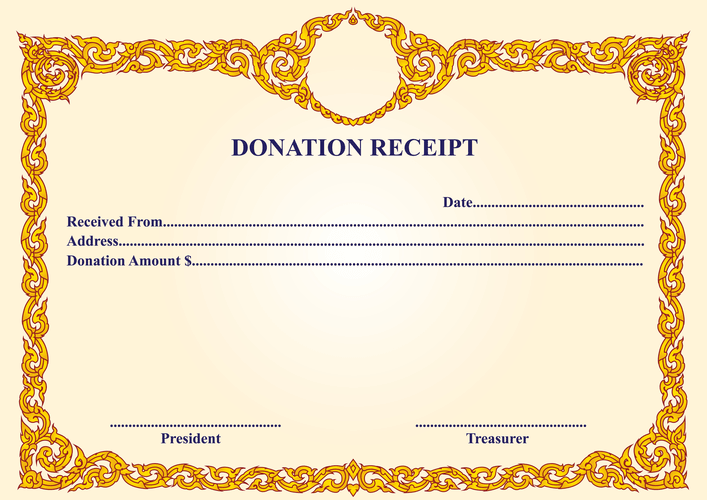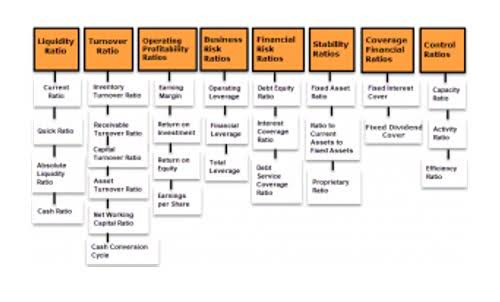
Self-invoicing is the process where the recipient of goods or services, rather than the supplier, generates the invoice. This occurs when dealing with unregistered suppliers who cannot issue a GST-compliant invoice. Self-invoicing allows the recipient to account for the transaction and pay the applicable GST. RCM compliance is mandatory even for unregistered recipients who engage in transactions liable to RCM. These recipients must register for GST, as threshold limits do not apply.
What is Recordkeeping?
The Securities and Exchange Commission has an entire financial reporting manual outlining the reporting requirements of public companies. Tax accounts may also lean in on state or county taxes as outlined by the jurisdiction in which the business conducts business. Foreign companies must comply with tax guidance in the retained earnings countries in which they must file a return.
- A shareholders’ equity statement reports how a company’s equity changes from one period to another, as opposed to a balance sheet, which is a snapshot of equity at a single point in time.
- These updates are crucial for businesses to ensure compliance and optimize tax benefits.
- Mathematical skills are helpful but are less important than in previous generations due to the wide availability of computers and calculators.
- In short, although accounting is sometimes overlooked, it is absolutely critical for the smooth functioning of modern finance.
- For example, during the Roman Empire, the government had detailed records of its finances.
- A journal entry records financial transactions that a business engages in throughout the accounting period.
Recording in cash accounting vs accrual accounting
Managerial accounting assesses financial performance and hopes to drive smarter decision-making through internal reports that analyze operations. For example, imagine a company receiving a $1,000 payment for a consulting job to be completed next month. Under accrual accounting, the company is not allowed to recognize the $1,000 as revenue, as it has technically not yet performed the work and earned the income. A shareholders’ equity statement reports how a company’s equity changes from one period to another, as opposed to a balance sheet, which is a snapshot of equity at a single point in time. Companies generally review and update standard costs annually or semi-annually, but frequency may vary based on factors like industry conditions, market fluctuations, and production changes.

How RCM Works
- If an ISD needs to engage in RCM transactions, it must register as a regular taxpayer to pay RCM GST and claim ITC.
- The Securities and Exchange Commission has an entire financial reporting manual outlining the reporting requirements of public companies.
- For example, if an unregistered business in India imports digital services, it must first register under GST and then remit the RCM tax, fulfilling legal obligations.
- This claim process helps recipients offset their GST liability, provided the goods or services are used for business purposes.
- Accounting history dates back to ancient civilizations in Mesopotamia, Egypt, and Babylon.
For instance, businesses that frequently incur RCM liability can benefit by claiming ITC on these payments, provided they are GST-registered. This option is particularly useful for smaller businesses that deal with unregistered what is recording in accounting vendors or import services, as it helps manage costs and reduces tax liabilities. In specific cases, GST registration thresholds of ₹20 lakh or ₹40 lakh do not apply, especially for businesses that frequently engage in RCM transactions.
What is the simplest accounting software?

Accounting records generally follow principles of double entry bookkeeping. The double entry method requires two entries, one credit and one debit, for every transaction a business makes. The goal is to balance the books and account for the movement of cash through an organization.

Understanding Reverse Charge Mechanism (RCM) Under GST: A Complete Guide for Businesses
Your second customer purchases $50 worth of products using a credit card. Again, the sale is one transaction even though the customer purchases multiple items. The $10,000 is your owner’s equity and is the first transaction in your books. Charlene Rhinehart is a CPA , CFE, chair of an Illinois CPA Society committee, and has a degree in accounting and finance from DePaul University.
Recording accounting transactions without losing your mind

In contrast, standard costing primarily serves as an internal control tool focused on improving budgeting, cost management, and operational efficiency. Businesses are eligible for ITC on GST paid under RCM, provided the goods or services are used for business purposes. For instance, if a manufacturing company procures legal consultancy services under RCM, it can claim ITC on the tax paid. This eligibility is contingent upon correct payment and adherence to GST timelines, as failure to follow the ITC guidelines may lead to disallowance of the tax credit. Under RCM, the recipient bears the responsibility of paying GST instead of the supplier. This obligation is especially relevant in scenarios involving unregistered suppliers or cross-border service providers.

Capture transactions
After an event is identified to have an economic impact on the accounting equation, the business event must be analyzed to see how the transaction changed the accounting equation. When the company purchased the vehicle, it spent cash and received a vehicle. Both of these accounts are asset accounts, so the overall accounting equation didn’t change.